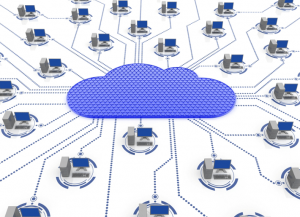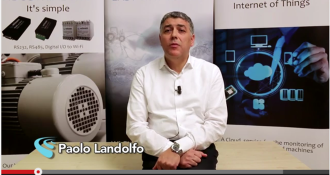Sense Cloud
Data collection service on cloud for 1 Wiicom WiFi module for 1 year
Ordering Code: SOL-SVC-B1-S01
“Cloud computing is the use of computing resources (hardware and software) which are available in a remote location and accessible over a network (typically the Internet). ”
From this sentence Sense Cloud is founded and takes its main characteristics.
Customers can combine already owned products like machines and sensors, with Wiicom Wi-Fi modules, into a modern cloud service. In this way, customer products can be reachable on the Internet from any location, without install any software, simply through a web browser or a light-weight mobile app.
Sense Cloud is a dedicated service provided by Wiicom that enhances customer products potential to a World Wide access.
Interaction with Wiicom Wi-Fi Modules
Sense Cloud is immediately ready to control every type of machine or sensor equipped with a Wiicom W-Fi module.
Through the web interface customer can configure host machine and sensors parameters and characteristics (like measurement unit, sensor type and measuring frequency).











